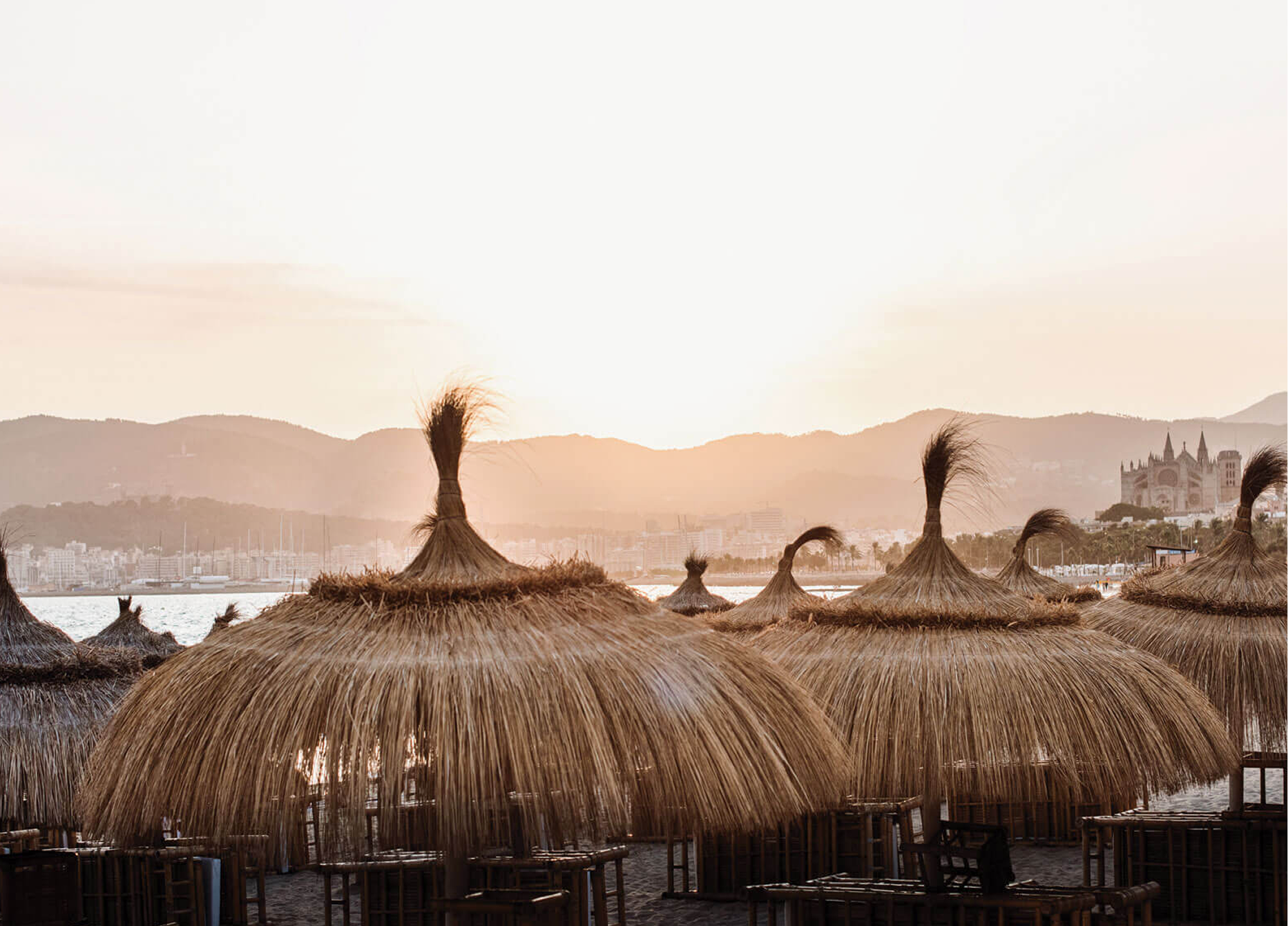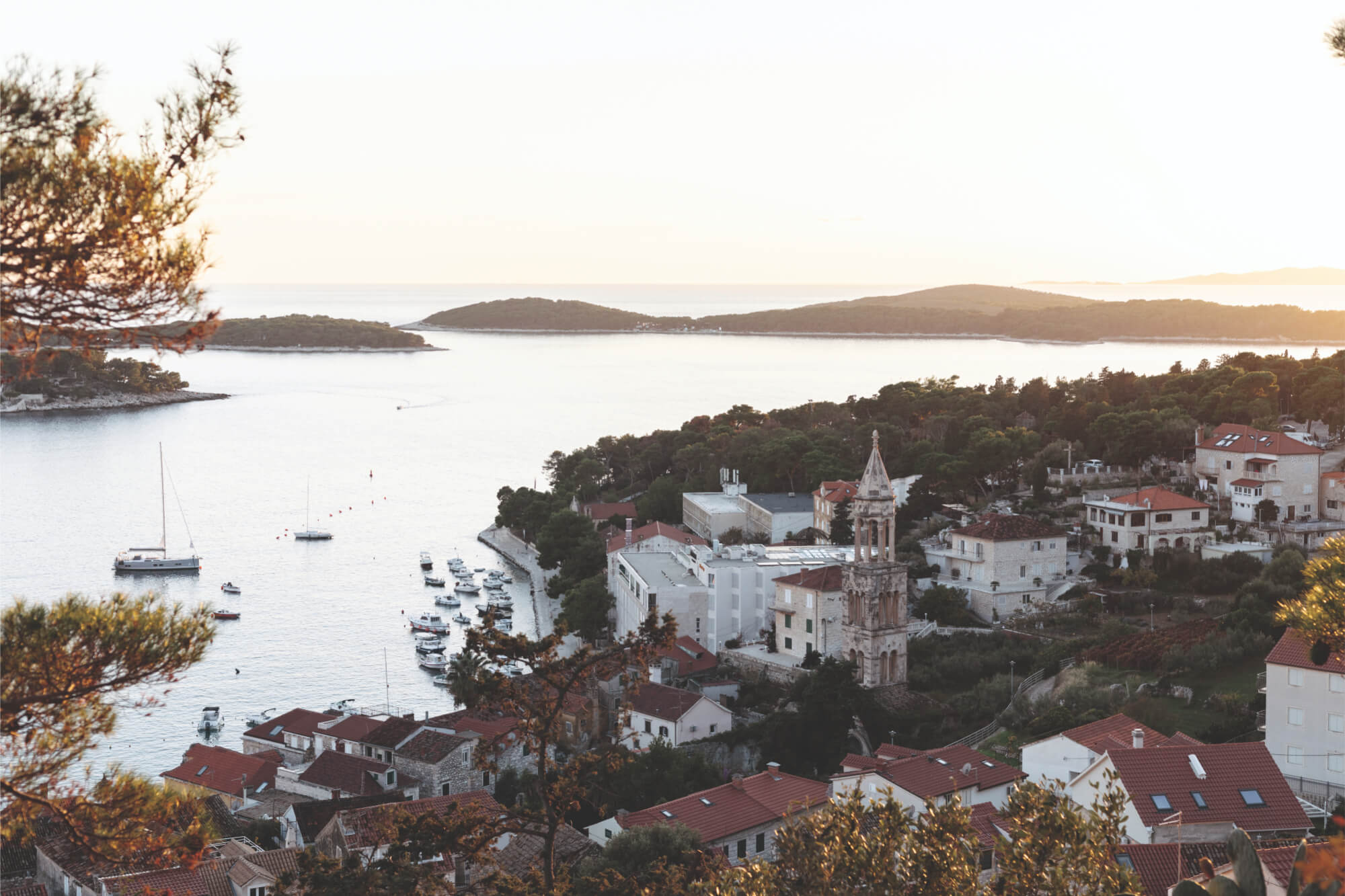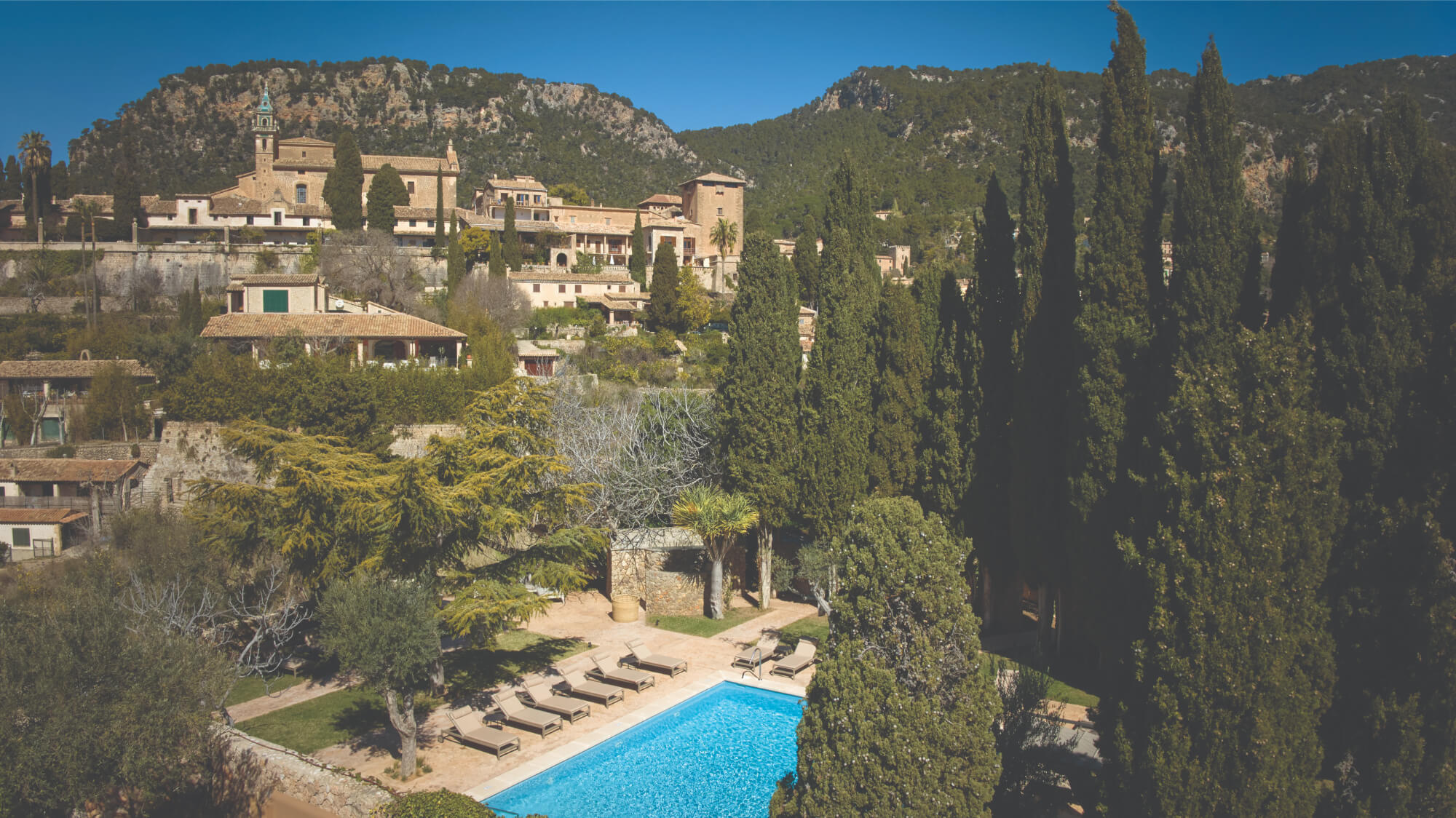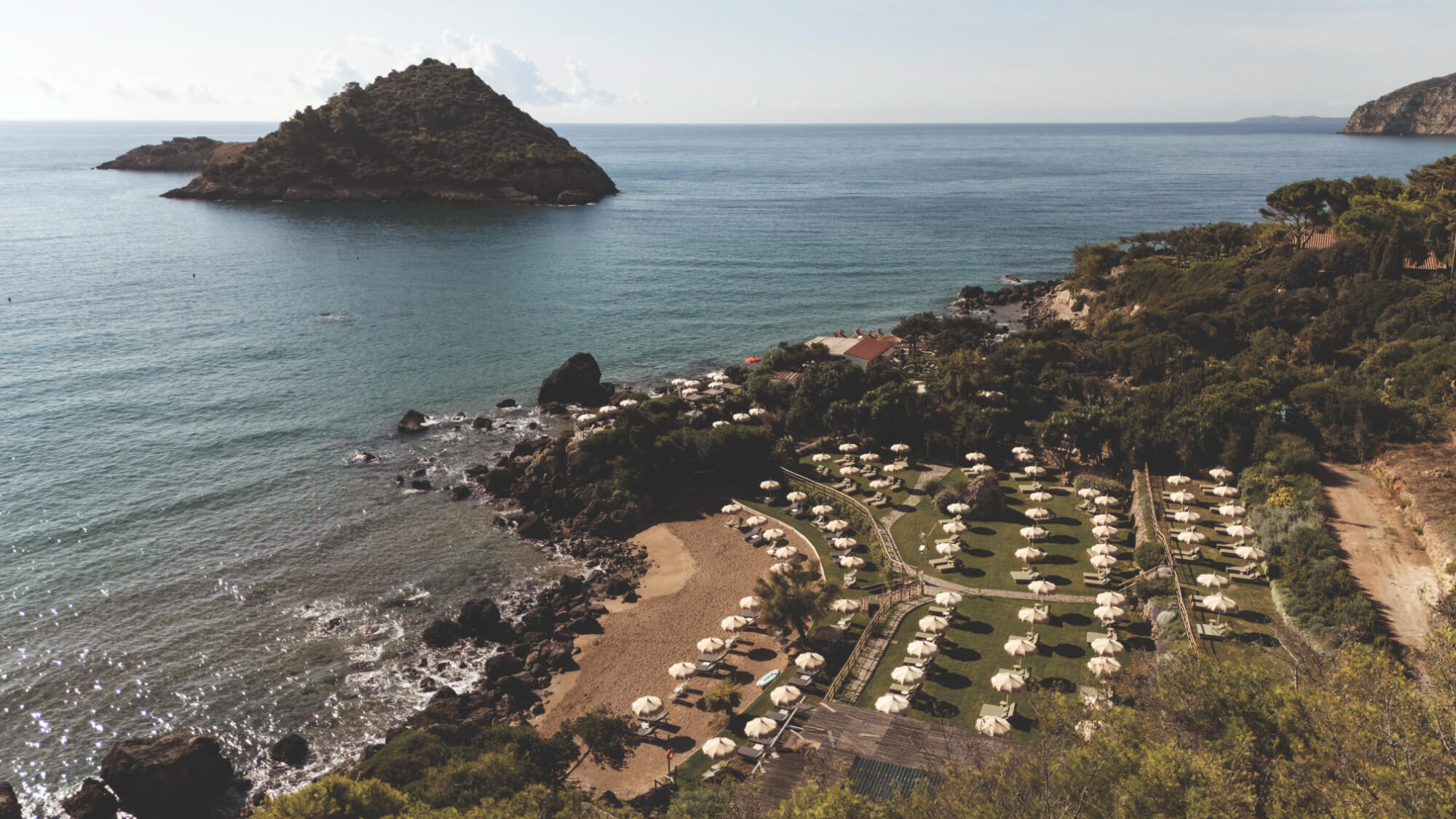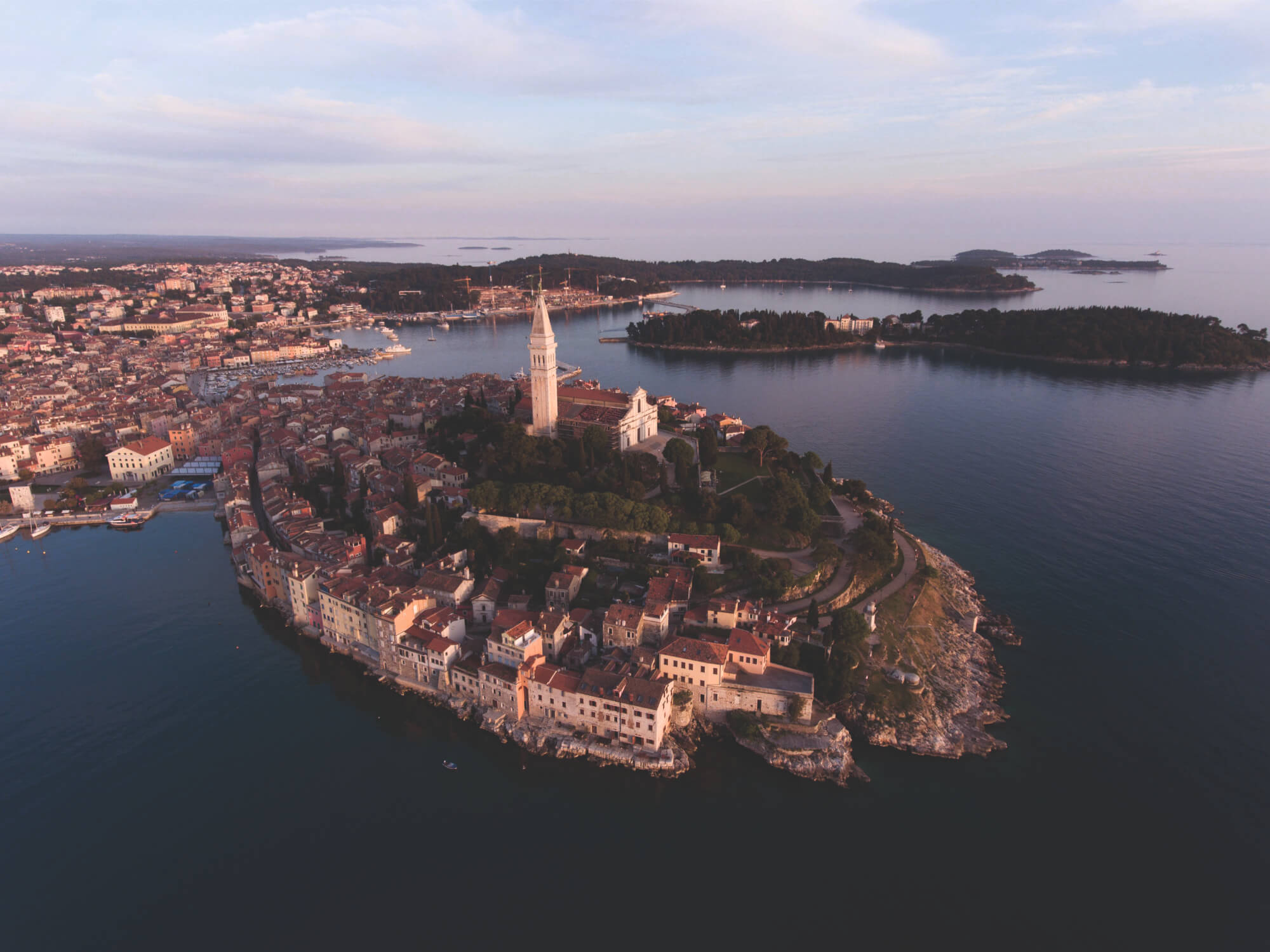As is the way with many Mediterranean isles, the Mallorcan heritage is a tapestry woven by invaders and ingredients, occupations and innovations. The complex layers of its past are seen in the architecture, the agriculture, the traditions and, of course, in the food. The Balearic Islands, representing a mid-point between Africa, Spain, France and Italy, were particularly sought after and consequently jostled from one ruling power to the next.
Their kitchens were shaken up too. Beyond the marauding, the Phoenicians, Carthaginians and Romans brought with them vines and olive trees, while the Arabs helped transform the steep slopes, adding irrigation and dry-stone terraces. The grafting of the olives into the wild oleaster created a unique Mallorquin terrain, as the landscape was reshaped not just for ease of planting but also to quell the water when big rains came and to gather it when the rains were sparse – the results so special they are now protected as a UNESCO World Heritage Site. Sephardic Jews and the Moors (both from similar geographic roots, albeit with different cooking styles) paired sweet with sour and savoury, along with layering flavours with robust, aromatic herbs and spices and the Catalans, well they brought the Spanish.
Even the invasion of mass tourism in the 1950s – Mallorca was one of the first destinations to offer cheap package holidays – has had its influence. At first, the gastronomic heritage suffered as the female population abandoned the stoves and the men likewise deserted the fields for more lucrative work in hotels and tourism. However, decades of hindsight have allowed Mallorca to become a leader in the anti-tourism (or at least ‘anti-sameness’) movement. Turning back to the history that originally shaped the island, this ancestral knowledge is being transmitted with new energy by producers, artisans, Chefs and sommeliers.
Maria and her sister Teresa Sollivellas are among the leaders of this gentle yet powerful revival. They run their restaurant from a sensitively renovated house in the village of Caimari, in the heart of the Serra de Tramuntana. Their simple, honest and, indeed, feminine approach has inspired praise and admiration across the globe. The sisters (Maria in the kitchen, Teresa on the floor and running their extensive local wine programme) use their restaurant as a tool of expression to say who they are and what their island is to them. The food is firmly rooted in the land, techniques and recipes inspired by tradition, while the organic produce is brought directly from soil to table – even their plates draw on the island’s clay. “We have enormous respect for the women of previous generations whom I call the guardians of the seeds,” says Maria. “We would like to take up their torch, in a way.”
When asked to act as interpreter, not of language per se, but of her landscape and her way of life, Maria doesn’t hesitate. “I am going to explain Mallorca to you in a single dish,” she explains. “It is the dish Mallorcans turn to when we have to improvise a dinner, when we eat together in an informal way. It is called Pa amb Oli (‘Bread with Oil’), and is a faithful reflection of the quintessential Mediterranean trident: olive oil, wheat and wine. But we Mallorcans add a few elements to this trilogy that help define the Mallorcan landscape and culture.”
canatoneta.com
PA AMB OLI (‘Bread with Oil’)
INGREDIENTS
1) Salt
“This is the substance that the sea gives us so freely; it is so present in our lives that we practically breathe it in the air. Traditionally families will harvest their own, which consists of going to rocky coastal areas where the sea water pools among the rocks. In its evaporation it leaves behind the fleur de sel, a salt rich in minerals and highly appreciated.”
2) Ramallet Tomato
“This is a variety of local tomato, to me magical, which is grown in summer on dry land and then preserved by being hung from its roots in the rafters all winter. It’s available in the weekly village markets and is the basis of many traditional Mallorcan dishes, so we don’t need to consume those tasteless, gritty, forced greenhouse winter tomatoes. Dry land means that it is grown literally without water. An old farmer told me that he only gave his tomato plant a glass of water when he planted it and another glass of water every week. How wonderful – a tomato that does not consume resources and endures the winter.”
3) Pa Moreno (‘brown bread’)
“This is the traditional Mallorcan loaf bread (available from Fornet de la Soca in Palma, for example). The peculiarity of our bread is that it does not have salt, an omission that results in less moisture. Being surrounded by sea, the humidity is very high and we must do everything we can to combat it, to fight against the mould. There are other Mediterranean islands that also make it without salt, perhaps for a similar reason. The flour is native varieties – xiexa, mort, florencio – traditionally grown in the south of the island. We call it ‘brown’ because it is semi-wholegrain, which remains the preference for bread for many Mallorcans.”
4) Virgin Olive Oil
“The blood that runs through my veins. Ca na Toneta is located in the naturally oil-producing area that is the entirety of Serra de Tramuntana, and my family have been oil producers [of Oli Solivella] for generations. The Tramuntana is where the olive tree has been cultivated for centuries and is a great example of human adaptation to the environment, building stone terraces for its cultivation. We are lucky to be the custodians of these centuries’-old olive trees and their terraces, a jewel!”
TO BE SERVED WITH…
Wine
“Another very deep-rooted crop present throughout the island, although there are several traditionally producing areas, in pre-phylloxera [the 19th-century] a lot of wine was sold to France. Indeed, Roman documents recorded that our wine was highly appreciated and consumed in the courts of the empire. Currently at Ca na Toneta we are working hard to support winemakers of local varieties and have a collection of more than a dozen wines only available at the restaurant that are in the process of recovery. This is a very direct way to enter the landscape of the island. Teresa speaks of wine in terms so poetic and evocative it rivals the taste of the wine! Go to the restaurant to taste them with her.”
Cheese, Sausages and Olives
“Of course, we can then add layers of sophistication, with myriad possibilities. The most normal is to accompany it with cheeses from the islands: cow from Menorca, goat from Ibiza and sheep from Mallorca, the three milks and the three islands, another beautiful trilogy. Also sausage from our ‘great king’ the Black Mallorquin pig, which produces a very high quality pork. It is from many typical sausages (camaiot, butifarra, baria, blanchet, figatella) that we make one of our great gastronomic icons, the Sobrassada. And there is never a shortage of olives seasoned with fennel, lemon leaves and chilli, and pickled sea fennel. You’ll find cheese in a S’Aglà store in the Mercado de l’olivar, sausage in Ca’s Sereno (Inca) and Ca’n Company (Inca), and olives at Soller Cooperative.”
METHOD
“Pa amb Oli is nothing more than a slice of bread, rubbed with tomato, a good splash of virgin olive oil and a sprinkling of fleur de sel. This simple preparation makes a Mallorcan extremely happy. I don’t know anyone who is not enthusiastic about Pa amb Oli and who does not eat it at least once a week. In a simple sandwich we can synthesise the history of an island, draw its landscape and intuit its culture: who we are, where we come from and where we are going.”


